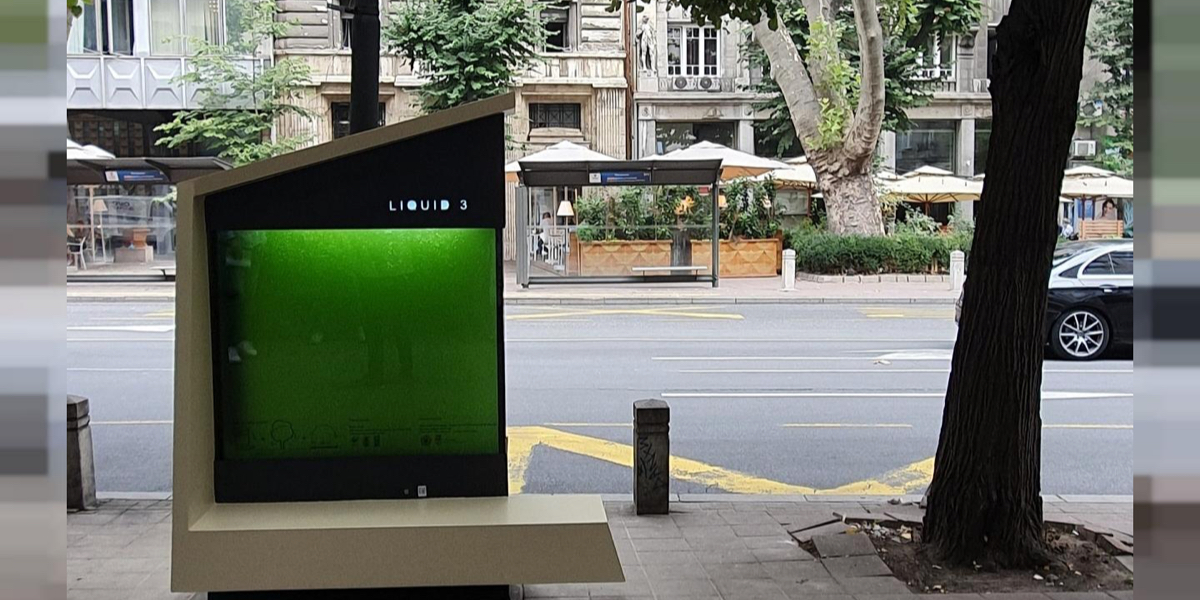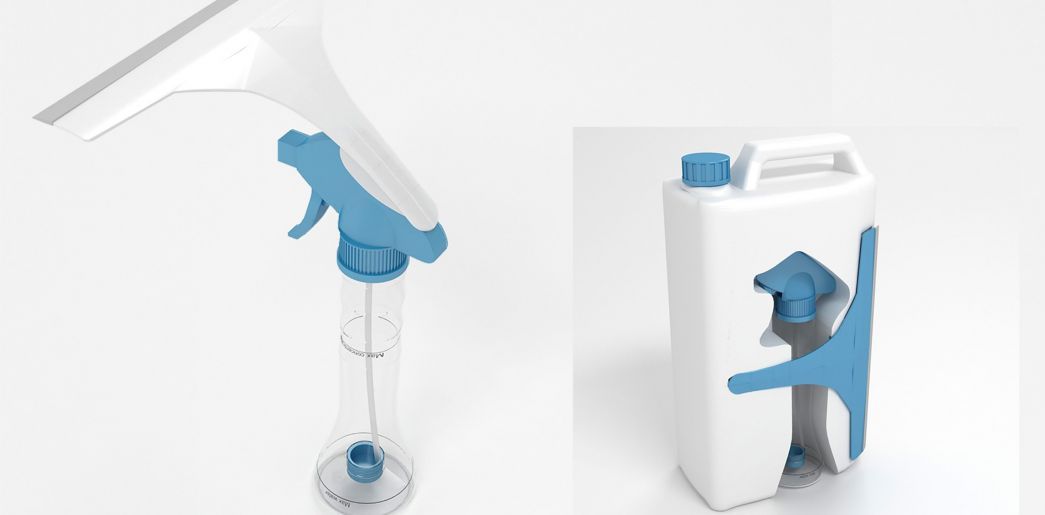AWARD YEAR
2023
CATEGORY
Community
GOALS
Good Health & Well-being
KEYWORDS
algae, photosynthesis, Bioreactor, clean air
COUNTRY
Serbia
DESIGNED BY
Dr Ivan Spasojević
WEBSITE
https://liquid3.rs
LIQUID3
An urban photo-bioreactor
How does it work?
LIQUID3 is urban photo-bioreactor that uses the power of microalgae to efficiently remove CO2 and produce O2 and biomass.
It represents an alternative sustainable concept of greening of urban environments that show limited space and heavy pollution.
LIQUID3 replaces one adult tree or 200 m2 of lawn and operates during the winter.
Why is it needed?
According to Euronews, Belgrade is the fourth most polluted city in Serbia, due to the two large coal power plants nearby.
The two plants are among the top 10 dirtiest plants in Europe, according to the European NGO Health and Environment Alliance (HEAL).
In 2019, Serbia ranked as Europe's fifth most polluted country with an average PM 2.5 in air pollution, according to the IQAir's World Air Quality Report.
Another report in December 2019 also put the country under increased scrutiny, as scientists claimed Serbia had Europe's worst per capita record for pollution-related deaths: 175 per 100,000 people.
Activists have also claimed that pollution in Serbia and in other parts of the Balkan peninsula is so bad that it can be seen, smelt and even tasted, especially during autumn and winter.
How does it improve life?
Belgrade has an innovative tool in the fight against dirty air - this so-called "liquid tree".
It's Serbia's first urban photo-bioreactor, a solution for tackling greenhouse gas emissions and improving air quality.
It contains six hundred litres of water and uses microalgae to bind carbon dioxide and produce pure oxygen through photosynthesis.
“The microalgae replaces two, 10-year-old trees or 200 square metres of lawn," said Dr Ivan Spasojevic, one of the authors of the project from the Institute for Multidisciplinary Research at the University of Belgrade.
"The system is the same because both trees and grass perform photosynthesis and bind carbon dioxide.






